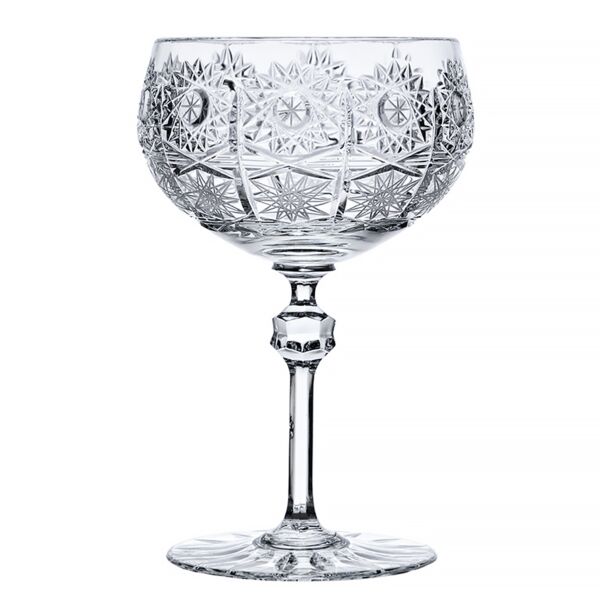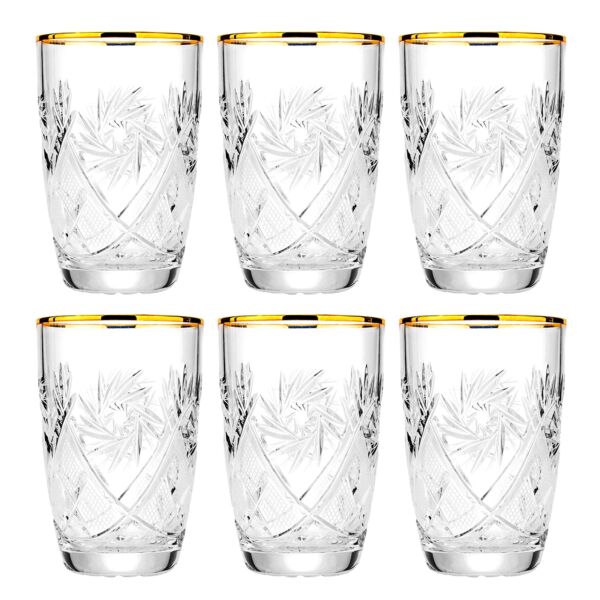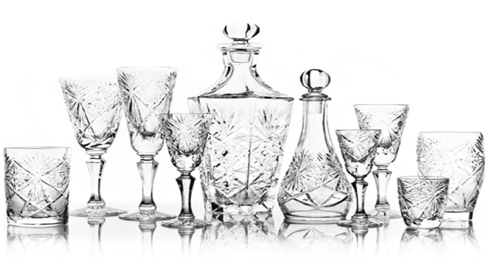Bestsellers
Go to filters
-
 $99.99 $80.00
$99.99 $80.00 -
 $34.99 $28.00
$34.99 $28.00 -
 $59.99 $48.00
$59.99 $48.00 -
 $54.99 $40.49
$54.99 $40.49 -
 $36.99 $30.00
$36.99 $30.00 -
 $39.99 $30.49
$39.99 $30.49 -
 $59.99 $49.49
$59.99 $49.49 -
 $24.99 $15.00
$24.99 $15.00 -
 $59.99 $45.49
$59.99 $45.49 -
 $49.99 $39.49
$49.99 $39.49 -
 $59.99 $48.00
$59.99 $48.00 -
 $54.99 $44.00
$54.99 $44.00 -
 $34.99 $28.00
$34.99 $28.00 -
 $14.99 $12.00
$14.99 $12.00 -
 $69.99 $56.00
$69.99 $56.00 -
 $89.99 $72.00
$89.99 $72.00 -
 $34.99 $28.00
$34.99 $28.00 -
 $16.99 $12.49
$16.99 $12.49 -
 $59.99 $48.00
$59.99 $48.00 -
 $9.99 $8.00
$9.99 $8.00 -
 $79.99 $64.00
$79.99 $64.00 -
 $89.99 $72.00
$89.99 $72.00 -
 $89.99 $70.00
$89.99 $70.00 -
 $89.99 $72.00
$89.99 $72.00 -
 $89.99 $72.00
$89.99 $72.00 -
 $69.99 $56.00
$69.99 $56.00 -
 $89.99 $72.00
$89.99 $72.00 -
 $34.99 $28.00
$34.99 $28.00 -
 $49.99 $40.00
$49.99 $40.00 -
 $49.99 $40.00
$49.99 $40.00


































